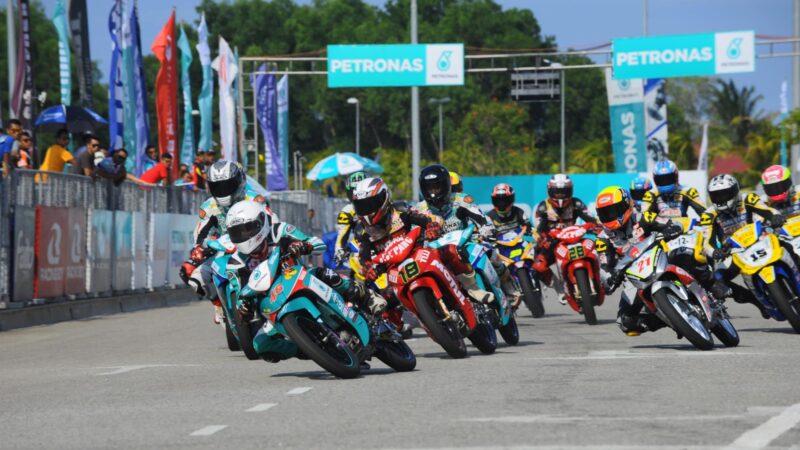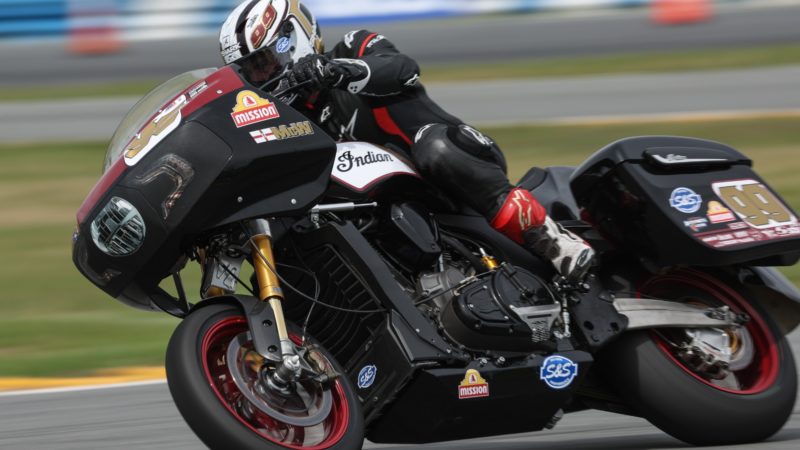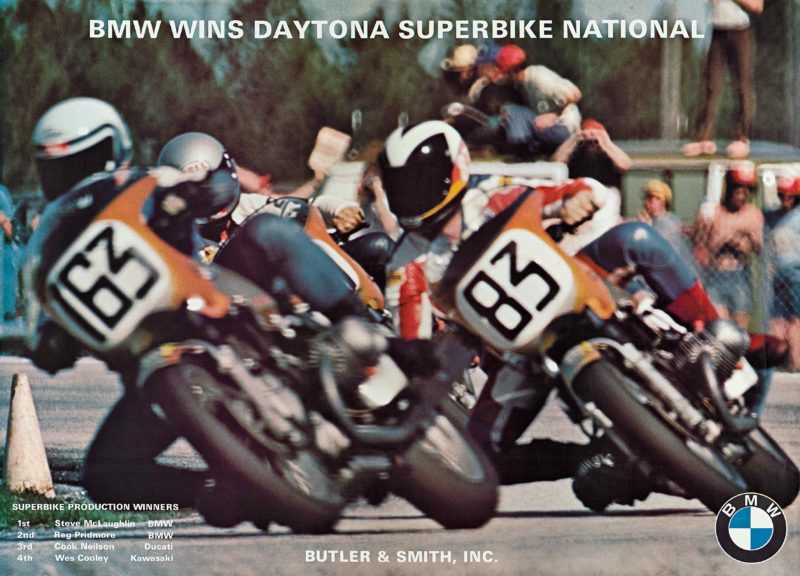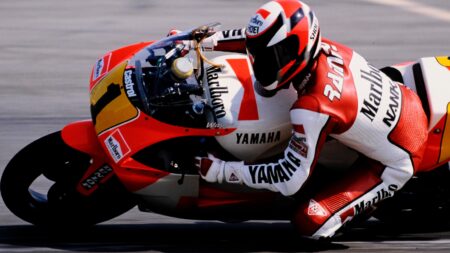In 1980 and 1981 Spencer rode a Honda CB750F, bored out to 1023cc, running a 15:1 compression ratio and 125 octane fuel (MotoGP bikes use 100 octane). This wildly pimped-up CB needed towing by a car to get the engine to fire. And when Spencer started running out of ground clearance, Honda America moved the ignition from the end of the crankshaft to behind the cylinders, using a belt-driven snowmobile ignition unit.
Early superbike racing was a fount of ingenuity, but 250/500cc world champion Spencer still has cold sweats when he remembers riding that motorcycle.
“I’d literally bend the handlebars, just from counter-steering to get the bike to turn into corners!” he recalls. “And it had so much engine compression that you’d go into a corner, roll off the throttle and the bike would start hopping. And once that started, it would hop right off the racetrack.”
At the same time Spencer was bossing his 1023cc CB around America something similar was happening in Southeast Asia. About 80% of powered two-wheelers sold in the region are small-capacity underbones, so called because of the frame design. It was therefore inevitable that some of these shopping-trip/school-run/all-round machines would be pressed into racing service.
Four decades later underbone racing is still huge in Southeast Asia – earning good money for the fastest riders – and has its own Udo Geitls at work.
A stock underbone costs around £1000, a full-race version up to ten times that much. Nothing in the engine is left untouched: hand-ported cylinder heads, hand-ground cams and flat-slide carbs. Horsepower is nearly tripled, from around 8bhp at 7500rom to 22bhp at 14,000rpm, good for 110mph, a scary thing on skinny tyres.

Malaysian Cub Prix underbone series is an amazing spectacle, which proves how little you need for great racing
Malaysian Cub Prix
No surprise that McWilliams has long been a fan of underbone racing.
“I could watch it all day, I love it,” says the 57-year-old from Northern Ireland, whose incredible career spans 250cc GPs, 500cc GPs, MotoGP, BSB and Moto2. “The bagger thing is a bit similar. The bike is awesome to ride, but it’s not a race bike, so you’ve got to adapt and ride it a bit differently to everything else.
“You’ve got to be really smooth and not attack like you would if you were on a sports bike. Learning to be way more patient was what really paid dividends on Saturday.”
McWilliams had only one day of bagger testing before Daytona, alongside factory Indian team-mate Tyler O’Hara, who won Friday’s race.
“Working with Indian and developing the bike is a lot of fun because when you look at the thing you think there’s no way that bike should be able to do what it’s doing,” McWilliams adds. “My best lap time was a one minute 54, whereas the top guys in the 200 were doing one minute 50s.
“Looking at Tyler’s throttle traces taught me a lot. I’ve never ridden a motorcycle with so much torque – the thing makes 190Nm, which is more than a small family car – and it makes a lot of that at the first opening of the throttle through a single throttle body, so it’s tricky for the ECU guys to map that and make it manageable.
“I was pretty frustrated at the beginning, learning to ride the bike and the track and then learning how to use the draft on the banking, which was the all-important way to win it.”
The very first baggers race of 2020 was a product of the creative brain of custom king and former US 250cc champion Roland Sands. Less than two years later the freak-show attraction of baggers is already threatening to make the series the main event at MotoAmerica, which is supposed to be all about Ducati Panigales and Yamaha R1s.
“We all love superbikes and so on, but it seems like the audience in America has switched its attention to bagger racing,” adds McWilliams.
A few personal thoughts… Bagger racing regulations should require pillion riders, like sidecar passengers or rally co-drivers, to complete the out-on-the weekend look. I’m only half-joking. And I’ve always thought that the World Superbike championship should follow the market by racing the motorcycles that people are buying, so right now WSB should include classes for naked bikes and adventure bikes.
It’s what the people want – something a bit different.
By the way, this year’s Daytona 200 was won by New Jersey’s Brandon Paasch, riding a Triumph 765. He beat Cameron Petersen’s Yamaha R6 by seven-thousandths of a second.




